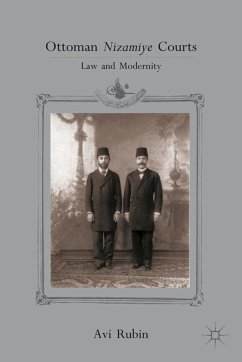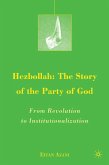A fresh look at one of the most important landmarks in the passage of the Ottoman Middle East to modernity during the late nineteenth century, this book explores the Nizamiye court system. The author offers an innovative conceptualization to serve as an alternative to common - yet poorly grounded - wisdoms about legal change in the modern Middle East. Employing a socio-legal approach, this study is focused on "law in action," as experienced in and outside the Nizamiye courts of law.
"A brilliant and concise monograph that approaches Ottoman modernity from a socio-legal perspective and through a specific case study of the Nizamiye courts. . . Rubin thrillingly challenges the Islamic/secular dichotomy that is the standard interpretive prism of Ottoman legal and institutional studies. He offers a very interesting and appealing alternative means of analysing Ottoman modernity: the framework of legal pluralism. . . [He] builds his argumentation on a rich and varied bibliography that is full of inspiring hints and guides directions for further research.' - Comparative Legal History
"This book will stand for many years as the first place to go for information on the Nizamiye. At the same time, its discussion of the religious/secular duality issue will have an effect on historical and political science scholarship. No historian looking for the realities of nineteenth century Ottoman modernization will easily posit a secular/religious duality after reading this book." - Jon Mandaville, Emeritus Professor of History, Portland State University
"This book will stand for many years as the first place to go for information on the Nizamiye. At the same time, its discussion of the religious/secular duality issue will have an effect on historical and political science scholarship. No historian looking for the realities of nineteenth century Ottoman modernization will easily posit a secular/religious duality after reading this book." - Jon Mandaville, Emeritus Professor of History, Portland State University








